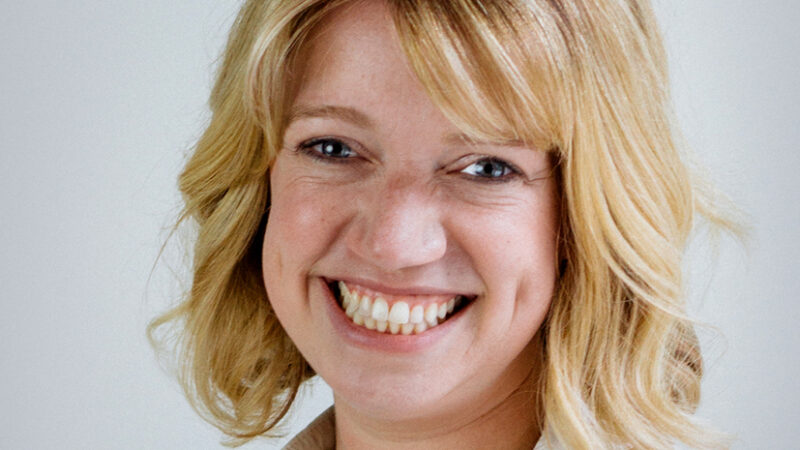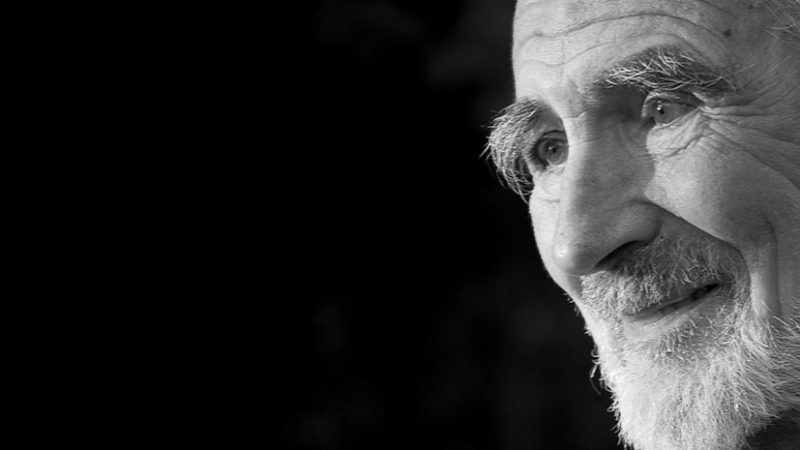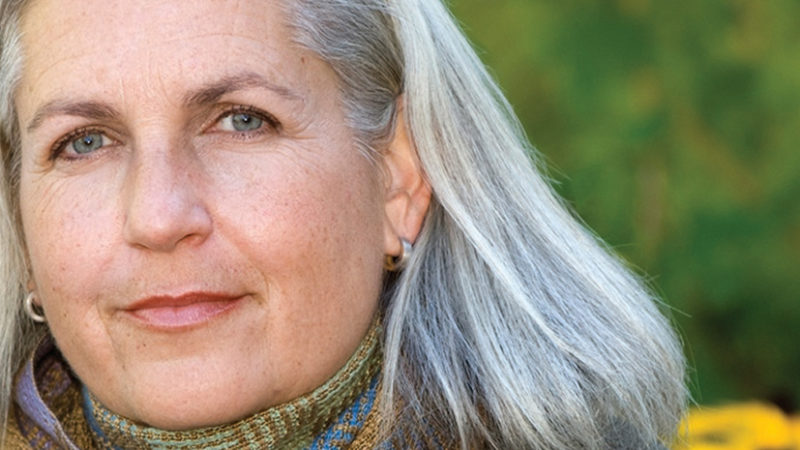There is an ancient longing wired in us as infants to be seen, to be felt, and to have our surging, somatic-emotional world validated by another. When our subjective experience is empathically held, contained, and allowed, we come to a natural place of rest. What is love, really, other than fully allowing the other to be who they are, for their experience to be what it is, and to offer the gift of presence to their unique subjectivity? In this sense, I love you = I allow you.
The late Donald Winnicott, a brilliant psychoanalyst from Britain, used the term ‘holding environment’ to describe the ideal mandala in which growth and development could occur, weaved of the qualities of contact and space. Through making attuned, present-time, somatically-engaged contact with another as they are – and by providing an open, warm sanctuary in which their experience can unfold and illuminate – we become vehicles of love in action.
Simultaneously, by offering the gift of space, we do not interfere with the unfolding of their heart and majestic inner process. We do not pathologize their experience or demand that they be different, change, transform, shift, or ‘heal’ in order for us to love them. If sadness is there, or fear, or despair, or shame, or depression, or profound grief, we will infuse their inner mandala with validation and presence. We will be there for them, but only if they need us. We will not engulf them with the projections of our own unlived life, nor will we unload upon them our own requirements and agendas, arising out of our own undigested psyches and bodies. Instead, we will seed the intersubjective container with tender space.
While not talked about as much, we can provide this same contact and space to ourselves and come to discover that our nature as awareness itself is in fact the ultimate holding environment. You are always, already resting in the majesty of presence and are always, already held – by the beloved – who is none other than your own miracle nervous system, heart, and somatic brilliance. While we may not always understand our experience – and while it may never fit into our ideas, hopes, dreams, and fantasies about the life we were ‘meant to live’ – we can come to trust that it is unfolding according to a unique blueprint which is emerging out of the unseen hand of love. We are invited to practice a radical intimacy with our experience, staying close to our ripe bodies and tender hearts, but not so close that we fuse or overly identify with it. Rest in the very middle and stay astonished at what is being birthed out of the unknown in every moment.
For so many I speak with, there is an undercurrent of aggression towards themselves, a subtle movement of self-loathing, unexamined shame and embarrassment, and a very alive (if not conscious) belief that they are flawed and have failed. Each time we exit our present, embodied experience into thinking, interpretation, blame, resentment, and complaint, we turn from the preciousness and the majesty of what we are. In this movement of rejection, we keep alive the archaic belief that our immediate experience is not valid, that it is not workable, that it is not forming the actual particles of the path of healing, exactly as it is. From one perspective, this may be seen as the ultimate act of self abandonment.
Let us all take a pause on this new day, and from a place of love visualize a holding environment for ourselves, where we grant unconditional permission to make intimate and direct contact with all of our vulnerabilities, with our tender bodies and with our raw hearts, with our unprocessed challenges from the past, and with our less-than-awakened thoughts, feelings, and behaviors.
Let us make the most radical commitment to no longer abandon ourselves, exiting into our conditioned stories and unkind judgments, and inquire with love into the habitual belief that there is something fundamentally wrong with us. As we open our eyes and our hearts to the always, already present holding environment which is our true nature, we behold the drop of grace which pours through the eyes of everyone we meet, including that unknown precious one that we see when we look in the mirror. And then all that could possibly remain is an unshakeable faith in love’s perfection.






